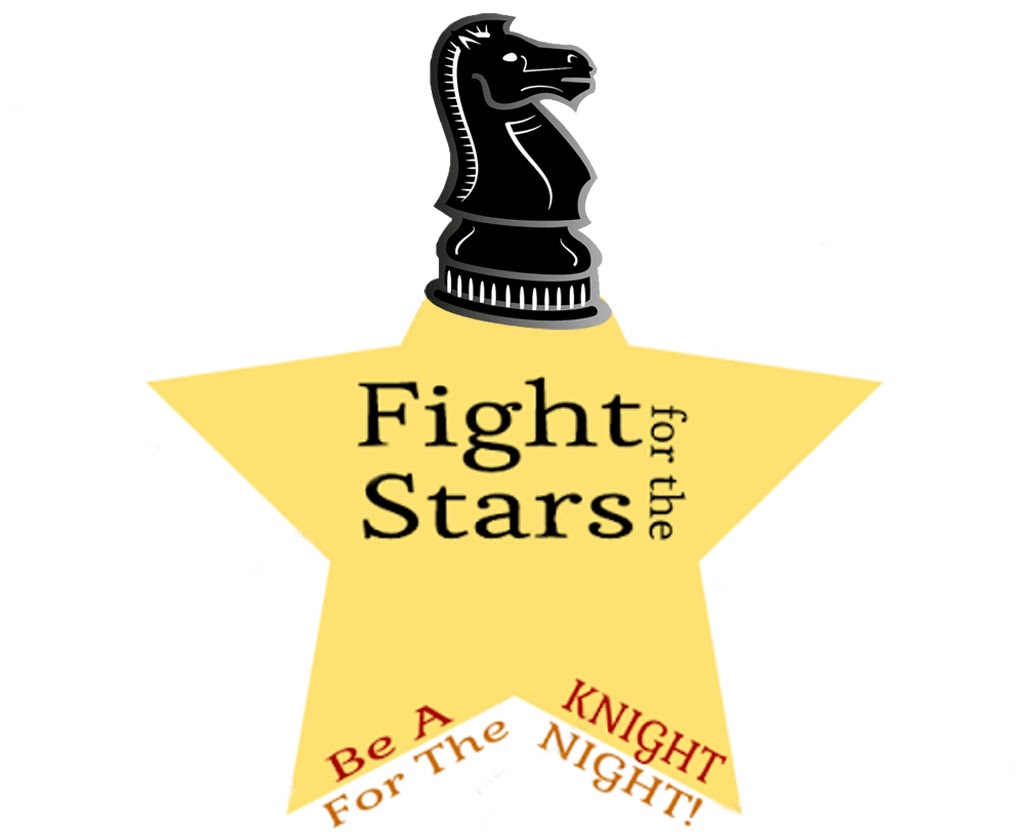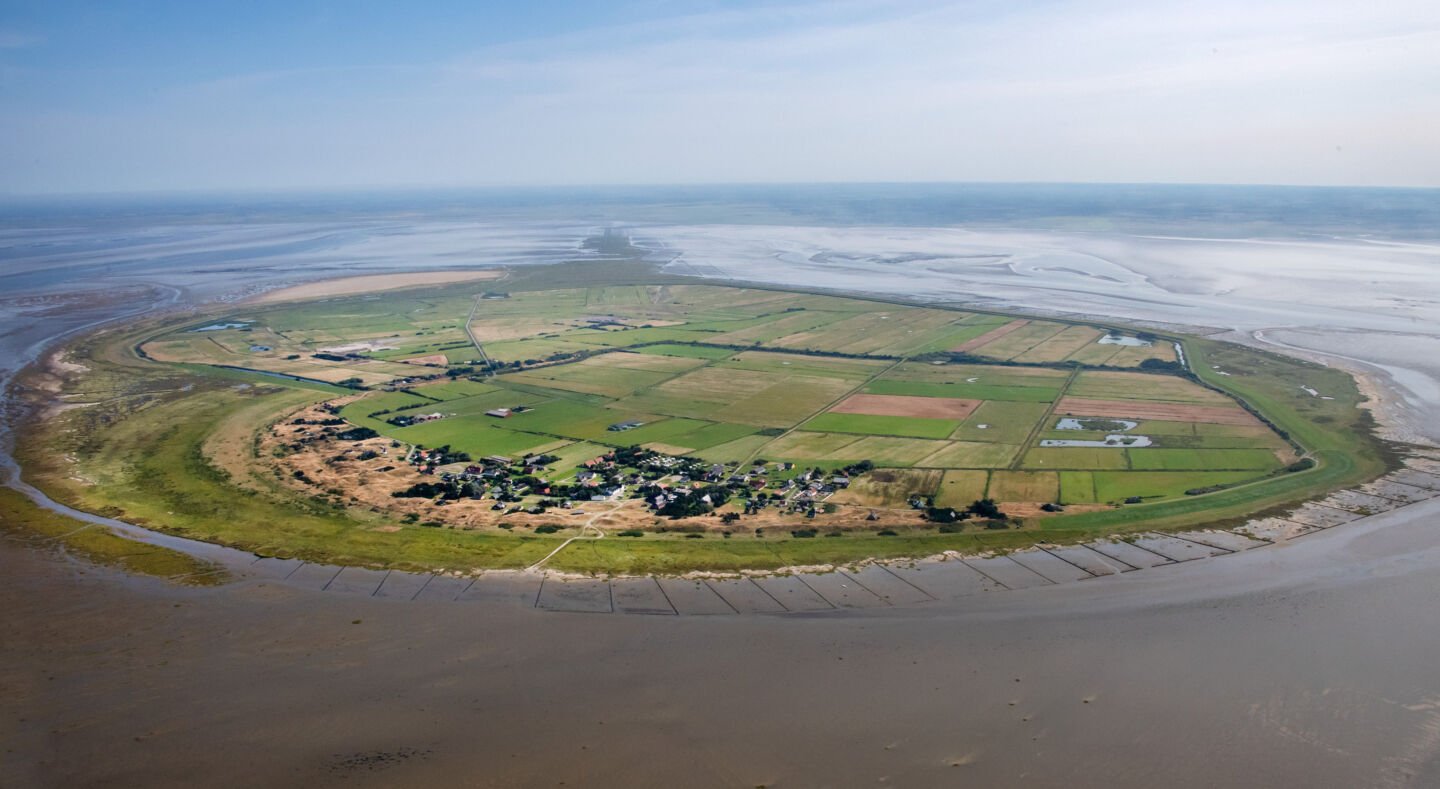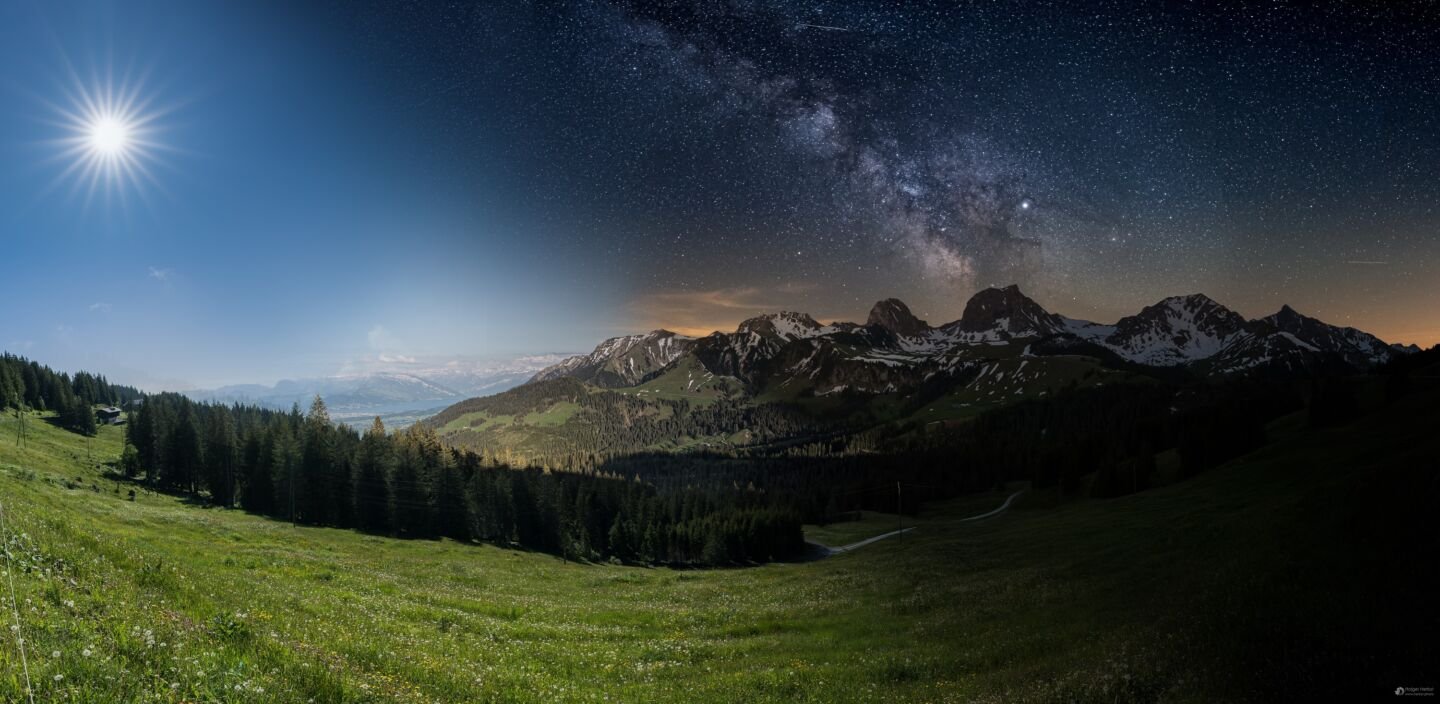
Fight for the Stars

The following is a guest post by dark sky advocate Emma Schmidt, from Austin, Texas, USA.
Hello! I am Emma Schmidt, a Girl Scout Ambassador in Troop 145. I just finished high school in Austin, TX, USA. I have always been very passionate about protecting the environment, so I found a way to continue that advocacy through my Girl Scout Gold Award!
Be a Knight for the Night
For my gold award, I created the Fight for the Stars: Be a Knight for the Night © curricula. This program consists of two levels of lessons with fifteen videos corresponding to the lessons. The lessons teach about light pollution and its causes, effects, and solutions. The first curriculum (level 1) is aimed towards fourth and fifth graders, has seven lessons and videos, and ends with a Globe at Night data collection as its culminating activity. Then, the second curriculum (level 2) is aimed towards sixth and seventh graders, has seven lessons and videos as well, and ends with a lighting inventory and assessment as its culminating activity. Level 2 may be used for older learners too.

Using the Curricula
To use the Fight for the Stars curricula, you can look through the detailed curriculum for each level, which lays out the objectives, standards covered, lesson content, activities, and demonstrations for each lesson. Additionally, you can go through the videos for each lesson, in which I lead you through the information, activities, discussions, and more. I recommend you use the detailed curriculum and the videos in conjunction so that you can use the videos to teach and use the curriculum to know what to expect in each lesson. Anyone can use these lessons and videos, whether they be a parent, teacher, advocate, or learners themselves! Everything needed to teach or learn using my curricula can be found at https://txnsf.org/online-learning/. Here, you’ll find the detailed curricula, all the necessary videos to teach and learn about light pollution, a downloadable handout packet for the activities and worksheets needed for each lesson, and the sample inventory and cost analysis for the level 2 culminating activity. All these materials can be used together to learn about and teach others about light pollution!
I worked with a lead teacher here in Austin, TX, to implement the level 1 curriculum into all the fourth-grade classes in her school. The students loved going through the lessons and learning about light pollution. My project will also be used this summer in a couple of summer camps! It’s a flexible program. I hope you will explore the whole package and think about how you can use it to do outreach or get it established in your local school. You’ll find it by visiting https://txnsf.org/online-learning/.



















